Paris, the capital of France, has a storied history dating back to ancient times when it was settled by the Parisii tribe. Over the centuries, it evolved into a center of medieval Europe, known for its royal power and intellectual vigor. The city flourished during the Renaissance and Enlightenment, shaping art, culture, and philosophy. Paris played a pivotal role in the French Revolution and underwent significant urban development in the 19th century under Napoleon III. Today, it remains a global hub of art, fashion, and gastronomy, with iconic landmarks like the Eiffel Tower and Louvre Museum attracting millions of visitors each year. Its rich history and enduring allure make Paris a timeless symbol of elegance and creativity.
Paris is actually an extremely easy city to get around and contrary to popular belief, Pariseans were nice. Maybe it was the people we approached or our attempt at speaking French, though poorly, but we found everyone to be nice and helpful.
The Same
We had visited for our 30th birthday together and hit up all the major sites including the Eiffel tower, Arch Du Triumph, Seine River Cruise, Notre-Dame Cathedral, and Palace of Versailles.
- Louvre Museum: Explore the world’s largest art museum, home to masterpieces like the Mona Lisa and the Venus de Milo. We were surprised by how close we could get tot he Mona Lisa.
- Notre-Dame Cathedral: Marvel at this Gothic architectural masterpiece and its stunning stained glass windows. Note: While we visited before the fire, currently restoration work is ongoing.
- Palace of Versailles: Take a day trip to this opulent palace known for its magnificent gardens and the Hall of Mirrors.
- Seine River Cruise: Enjoy a relaxing boat cruise along the Seine River, offering views of Paris’s landmarks and bridges. The only reason the DINKS didnt take one when they returned is that it was too flooded for boats to fit under the bridges.
On our return with our families, interestingly enough we only chose to see the Eiffel tower & Arch Du Triumph again.
Eiffel Tower
The iconic Eiffel Tower is one of the world’s most recognizable landmarks. Designed by Gustave Eiffel and his engineering team for the 1889 World’s Fair (Exposition Universelle) to celebrate the 100th anniversary of the French Revolution, the Eiffel Tower was initially met with skepticism but has since become a symbol of Paris and France.
- Visitors can ascend the tower via stairs or elevators to reach the observation decks located on the first, second, and third levels. From these vantage points, visitors can enjoy panoramic views of Paris, including landmarks such as the Louvre, Notre-Dame Cathedral, and Arc de Triomphe.
- At night, the Eiffel Tower is illuminated by thousands of sparkling lights, creating a stunning spectacle known as the “Eiffel Tower Light Show” or “Eiffel Tower Sparkle.” The tower’s lights twinkle for five minutes every hour after sunset, enchanting visitors and onlookers with its magical display. This display is actually better viewed from another location.
Note: Tickets to the top are inexpensive but they do sell out and then you have to buy them from a tour company at a marked up price.
Arch Du Triumph
Commissioned by Emperor Napoleon Bonaparte in 1806 to commemorate his military victories, particularly the Battle of Austerlitz, the Arc de Triomphe was completed in 1836 during the reign of King Louis-Philippe. It serves as a symbol of French patriotism and the triumph of the French army. It stands at the western end of the Champs-Élysées. You can climb to the top for amazing views.
- Tomb of the Unknown Soldier: Beneath the arch lies the Tomb of the Unknown Soldier, a memorial honoring the unidentified French soldiers who lost their lives in World War I. The eternal flame at the tomb serves as a symbol of remembrance and reverence for all those who have made the ultimate sacrifice for France.
- Viewing Platform: Visitors can climb to the top of the Arc de Triomphe via a staircase of 284 steps or take an elevator to reach the observation platform. From the top, they can enjoy panoramic views of Paris, including the Champs-Élysées, the Eiffel Tower, and the distant skyline of the city.
- Avenue des Champs-Élysées: The Arc de Triomphe stands at the western end of the famous Avenue des Champs-Élysées, one of the most prestigious and bustling boulevards in Paris. Visitors can stroll along the tree-lined avenue, lined with shops, cafes, theaters, and luxury boutiques, before reaching the majestic arch.
Local Cuisine
French cuisine is renowned for its exquisite flavors and culinary traditions. Don’t miss the opportunity to savor classic dishes such as Escargo, Onion Soup and Macaroons. We were sure we didn’t.
- Bread and Pastries: Bread is a staple of the French diet, with baguettes, croissants, and pain au chocolat being popular choices. French pastries, including éclairs, macarons, and tarts, are beloved for their delicate textures and exquisite flavors, making them the perfect accompaniment to a cup of coffee or tea.
- Cheese: France is famous for its wide variety of cheeses, ranging from creamy Brie and tangy Roquefort to nutty Comté and pungent Camembert. Cheese is often enjoyed as a standalone course or incorporated into dishes such as soufflés, quiches, and salads.
- Wine: Wine is an integral part of French cuisine, with France being one of the world’s leading wine-producing countries. French wines, including Bordeaux, Burgundy, Champagne, and Rhône varieties, are celebrated for their quality, complexity, and ability to complement a wide range of dishes.
- Classic Dishes: French cuisine is home to many classic dishes that have become beloved favorites around the world. These include Coq au Vin (chicken braised in red wine), Boeuf Bourguignon (beef stewed in red wine), Ratatouille (vegetable stew), Duck à l’Orange (duck with orange sauce), and Crème Brûlée (custard with caramelized sugar).
The DINKs
We visited Paris during the historic flood of 2016 so our experience was definitely different because of that. For example, the river was so high, there were no City of Lights cruises running and the Louvre was closed.
Historic Flood of 2016
In June 2016, Paris experienced its most significant flooding since 1982, caused by days of heavy rainfall across France and Central Europe. The Seine River, which runs through the heart of Paris, overflowed its banks, leading to substantial disruptions and damage.
The Louvre and the Musée d’Orsay, located along the Seine, were closed to the public. Staff worked to move artwork to higher floors to protect it from potential water damage. Several metro and RER (commuter rail) stations were closed, and roadways near the river were inundated, leading to traffic disruptions. Thousands of people were evacuated from their homes in Paris and surrounding areas. Numerous buildings and businesses along the river suffered water damage.
French Open @ Stade Roland Garros
Stade Roland Garros is the iconic venue for the French Open, one of the four Grand Slam tennis tournaments. The French Open is one of the four Grand Slam tournaments in tennis, along with the Australian Open, Wimbledon, and the US Open. It is the only Grand Slam event played on clay courts, making it a distinct and highly anticipated event on the tennis calendar. The French Open is steeped in tradition and has a unique atmosphere that sets it apart from other tennis tournaments. From the red clay courts to the passionate crowds and the iconic trophy presentation on Court Philippe Chatrier, the tournament exudes a sense of history and heritage. The tournament was delayed because of rain & flooding so we ended seeing the women’s semi-finals and men’s quarter finals include Serena Williams and Novak Djokovic. It was a fun filled day with several other old timer matches as well.
The Catacombs of Paris
The Catacombs are a unique and somewhat eerie underground burial site that holds the remains of millions of Parisians. When into it thinking it would be like the catacombs in Egypt & it’s completely different. Let’s just say it was so much creepier. (If you don’t want the surprised ruined don’t flip through the pictures above.) The Catacombs of Paris originated in the late 18th century as a solution to the city’s overcrowded cemeteries. Due to public health concerns and the risk of disease outbreaks, the decision was made to transfer the remains of millions of Parisians from various cemeteries to the abandoned limestone quarries beneath the city. Visitors to the Catacombs of Paris can explore a small section of the extensive underground network on guided tours. These tours provide insights into the history, architecture, and cultural significance of the catacombs, as well as the process of relocating the remains during the 18th century.
Les Invalades – Napolean’s Tomb
Les Invalides was originally built in the 17th century by King Louis XIV as a hospital and retirement home for wounded and disabled soldiers. Designed by architect Libéral Bruant, the complex became one of the largest military hospitals in Europe at the time. A complex of buildings that houses several museums and monuments, including the final resting place of Napoleon Bonaparte.
- Napoleon’s tomb is located in the crypt beneath the Dome des Invalides and is adorned with a large sarcophagus made of red quartzite resting on a green granite pedestal. His tomb is a grand and impressive structure unlike the man himself.
- In addition to Napoleon’s tomb, Les Invalides is home to several military museums and galleries that showcase France’s military history and heritage. Visitors can explore exhibits featuring weapons, armor, uniforms, and artifacts dating back to the Middle Ages.
- Adjacent to the Dome des Invalides is the Church of Saint-Louis-des-Invalides, a stunning chapel that serves as the final resting place for several French military leaders and dignitaries. The church’s elaborate interior features ornate decorations, sculptures, and stained glass windows.
- Veterans’ Chapel: Within Les Invalides, there is also a veterans’ chapel where daily religious services are held for residents of the complex. The chapel provides a peaceful and contemplative space for prayer and reflection.
Musee Rodin
We are not huge art museum fans but with the Louvre closed we decided to check it out. The Musée Rodin is housed in the Hôtel Biron, a magnificent 18th-century mansion located in the heart of Paris. Auguste Rodin rented several rooms in the mansion in 1908 to use as his studio, and upon his death in 1917, he bequeathed his entire collection of sculptures, drawings, and other works to the French state on the condition that the Hôtel Biron be transformed into a museum dedicated to his art.
- One of the highlights of the Musée Rodin is its beautiful sculpture garden, which surrounds the Hôtel Biron and features many of Rodin’s most famous works, including “The Thinker,” “The Gates of Hell,” and “The Burghers of Calais.” Visitors can stroll through the garden and admire these iconic sculptures amidst lush greenery and landscaped pathways. We absolutely loved the gardens and being able to stroll around outdoors viewing the statues in such a beautiful environment.
- The Thinker: Perhaps Rodin’s most famous sculpture, “The Thinker,” is prominently displayed at the entrance of the museum. This iconic bronze statue depicts a muscular male figure deep in contemplation, with his hand resting on his chin in a pose of intellectual reflection.
- In addition to the outdoor sculpture garden, the Musée Rodin also features indoor galleries that showcase a wide selection of Rodin’s sculptures, drawings, and other artworks. These exhibits provide insights into Rodin’s creative process, artistic evolution, and legacy as one of the most influential sculptors of the 19th and early 20th centuries.
The Family
Disneyland Paris: Disneyland Paris opened its gates to the public on April 12, 1992, as the first Disney theme park in Europe. Located in Marne-la-Vallée, France, is a magical destination that brings the enchantment of Disney to Europe. consists of two main theme parks—Disneyland Park and Walt Disney Studios Park. Disneyland Paris combines Disney’s trademark magic with a touch of European charm. It’s a place where families and Disney enthusiasts can create cherished memories while enjoying beloved Disney attractions and characters in a beautiful European setting. Disney parades, shows, and character meet-and-greets were some of our favorite parts of the experience.
Disneyland Park
This park is similar to the iconic Disneyland in California and the Magic Kingdom in Florida. Disneyland Paris incorporates European culture and influences into its design, architecture, and attractions. For example, the park’s Main Street, U.S.A. features a distinctly European flair, with Victorian-style buildings and French-inspired details. It’s divided into five themed lands: Main Street, U.S.A., Adventureland, Fantasyland, Discoveryland, and Frontierland. Classic Disney attractions like Sleeping Beauty Castle, Pirates of the Caribbean, and Space Mountain can be found here. In addition to rides and attractions, Disneyland Park Paris offers a variety of live entertainment options, including parades, stage shows, character meet-and-greets, and fireworks displays. Guests can interact with their favorite Disney characters and immerse themselves in the magic of Disney storytelling.
- Space Mountain: A thrilling indoor roller coaster set in the depths of outer space.
- Pirates of the Caribbean: A classic boat ride that takes guests on a swashbuckling adventure with Captain Jack Sparrow and his crew.
- Big Thunder Mountain: A high-speed runaway train ride through a Wild West mining town.
- It’s a Small World: A whimsical boat ride that celebrates the diverse cultures and countries of the world.
- Phantom Manor: A spooky haunted house attraction filled with ghostly surprises and special effects.
Walt Disney Studios Park
Walt Disney Studios Park is themed around the world of movies, animation, and television production. It offers guests the opportunity to experience the magic of filmmaking, animation, and special effects through a variety of attractions, shows, and immersive experiences. It features attractions based on Disney and Pixar films, as well as behind-the-scenes experiences.
- Production Courtyard: A section of the park dedicated to the art of filmmaking, with attractions such as Studio Tram Tour: Behind the Magic and the Twilight Zone Tower of Terror.
- Toon Studio: Inspired by classic Disney and Pixar animated films, this land features attractions like Crush’s Coaster, Ratatouille: The Adventure, and Cars Quatre Roues Rallye.
- Backlot: A backstage area showcasing the world of special effects and stunt performances, with attractions like Armageddon – Les Effets Speciaux and Moteurs… Action! Stunt Show Spectacular.
- Toy Story Playland: A whimsical land based on the beloved Toy Story films, featuring attractions such as RC Racer, Toy Soldiers Parachute Drop, and Slinky Dog Zigzag Spin.
Find out the full details of the Family’s trip at AffordableFamilyTravel.com.
Summary
Comparing experiences in Paris between the DINKs and the Family reveals contrasting yet equally enriching perspectives. The DINKs delved into Parisian culture and history through visits to landmarks like the Catacombs, Napoleon’s Tomb at Les Invalides, and the Musee Rodin, immersing themselves in art, history, and the city’s unique ambiance. Meanwhile, the Family opted for a magical escape at Disneyland Park and Walt Disney Studios Park, enjoying family-friendly attractions and the enchantment of Disney’s world-renowned entertainment.
Determining who “did it better” hinges on personal preferences and travel goals. The DINKs embraced Parisian authenticity and cultural depth, exploring significant historical sites and artistic treasures. In contrast, the Family indulged in a whimsical Disney experience, creating lasting memories with beloved characters and thrilling rides.
Ultimately, both experiences highlight the versatility of Paris as a destination that caters to diverse interests and ages. Whether seeking cultural immersion or family fun, Paris offers something extraordinary for every traveler, ensuring a memorable journey filled with iconic sights, cultural treasures, and cherished moments.







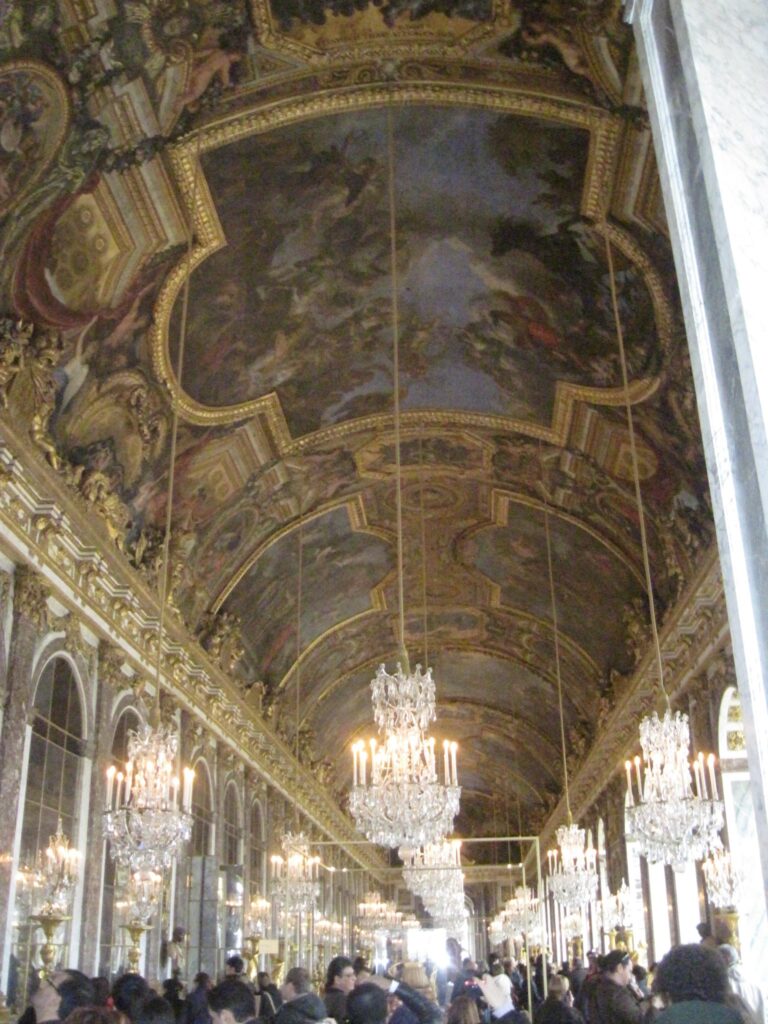
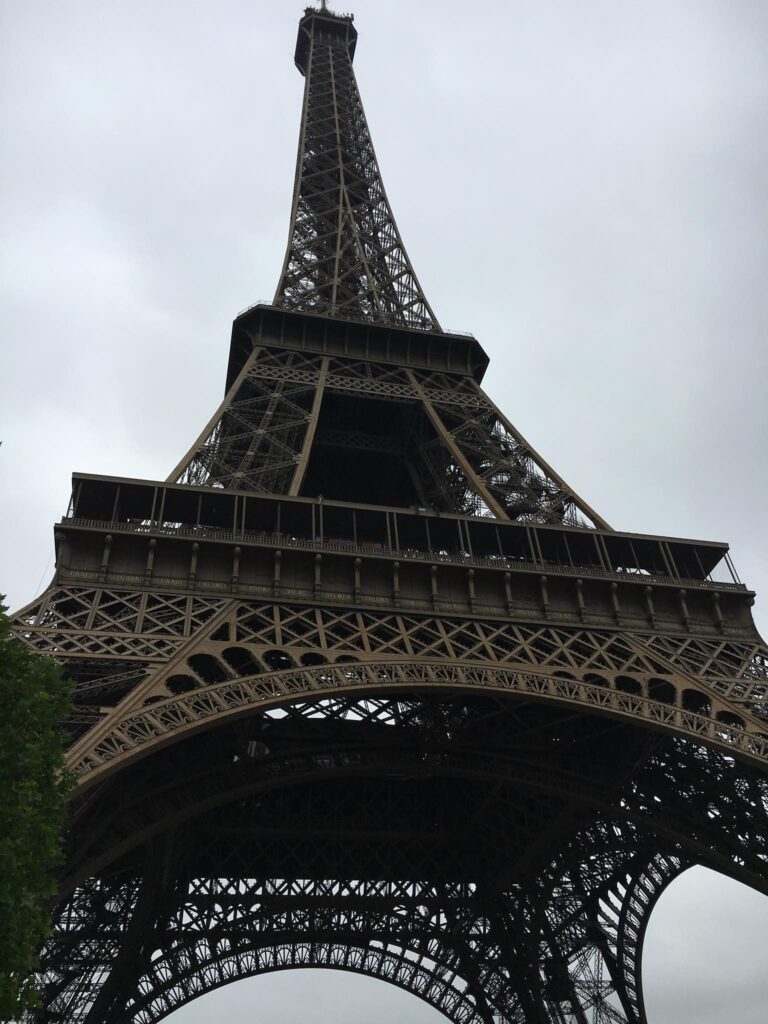


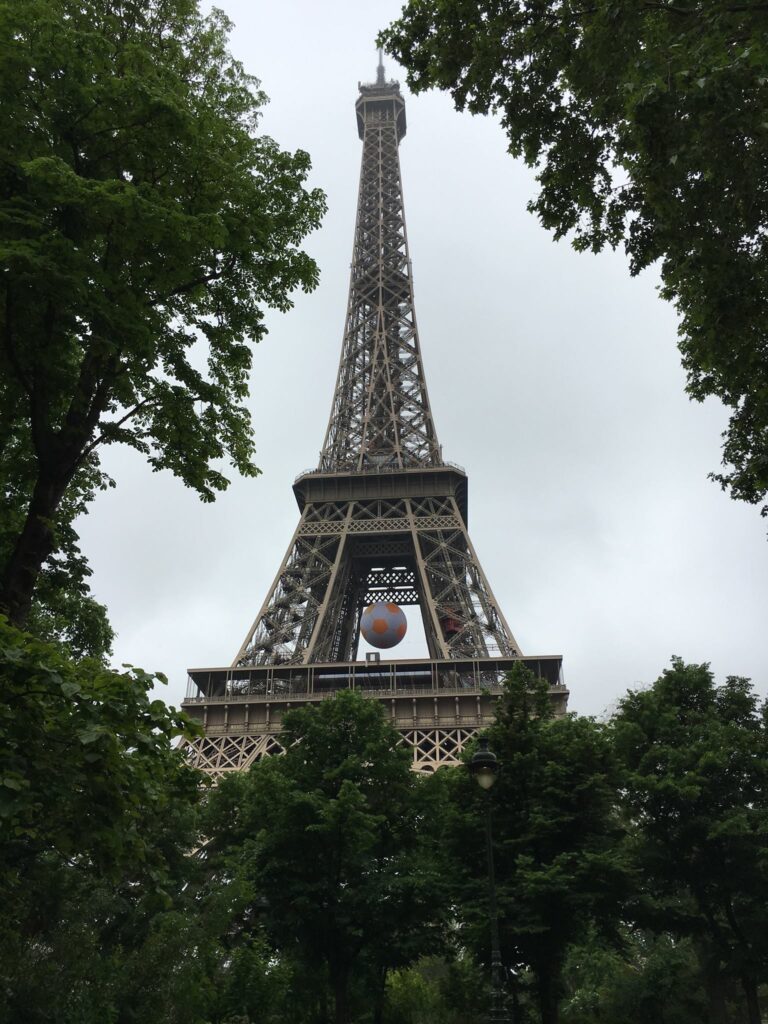
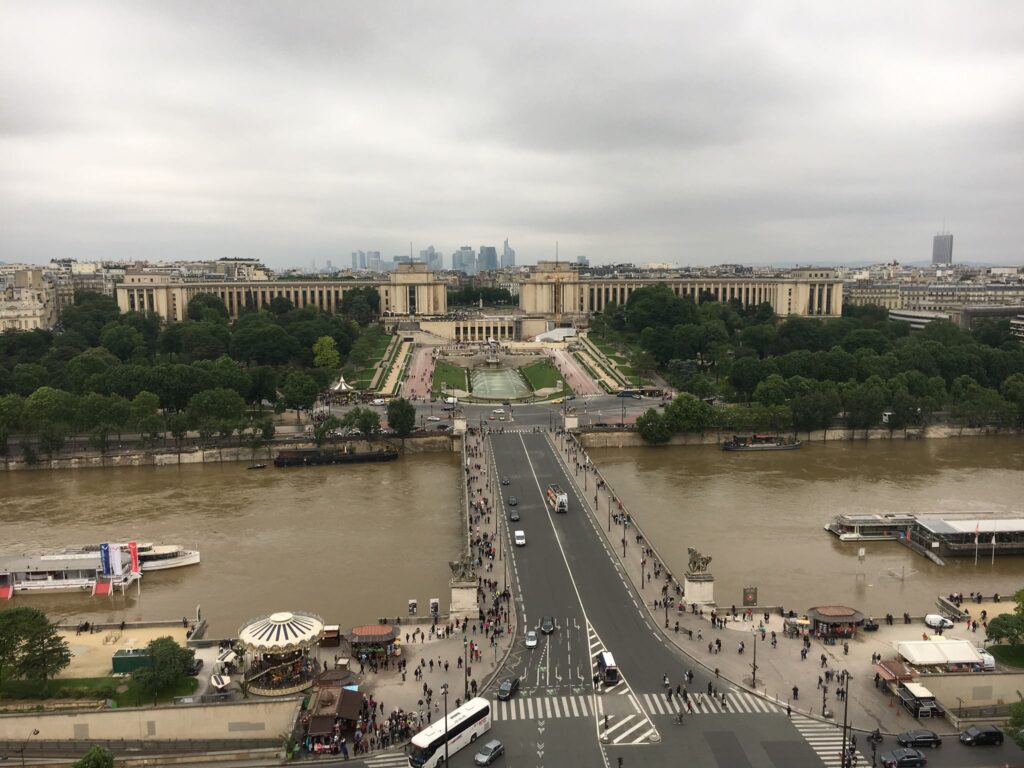




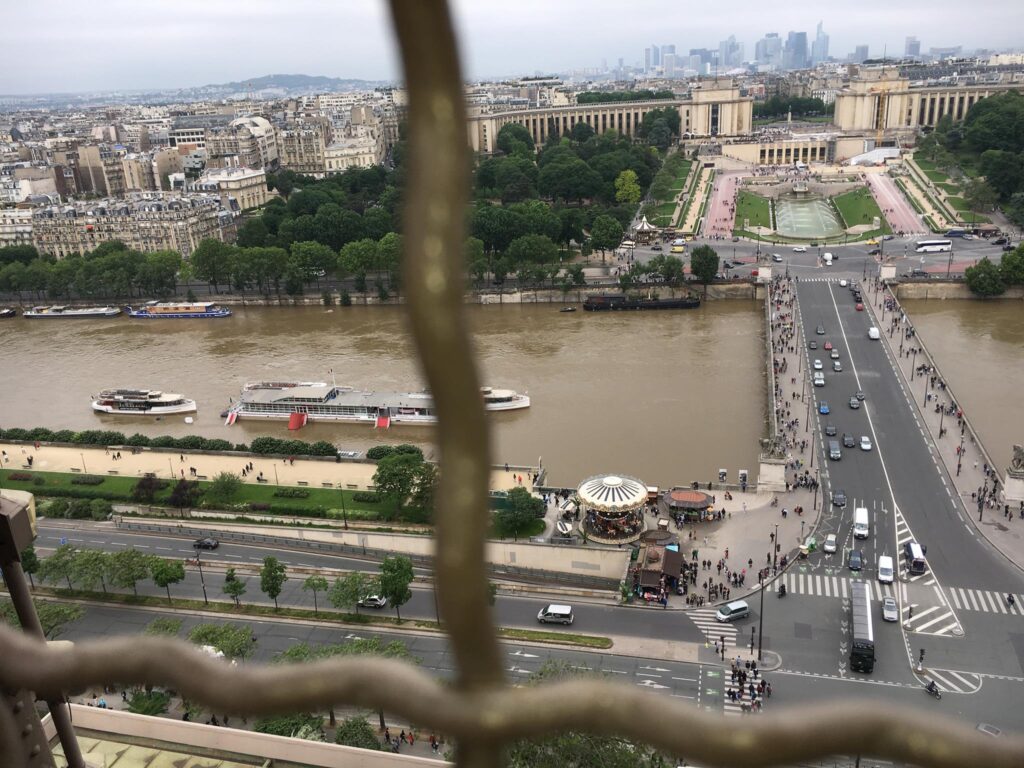



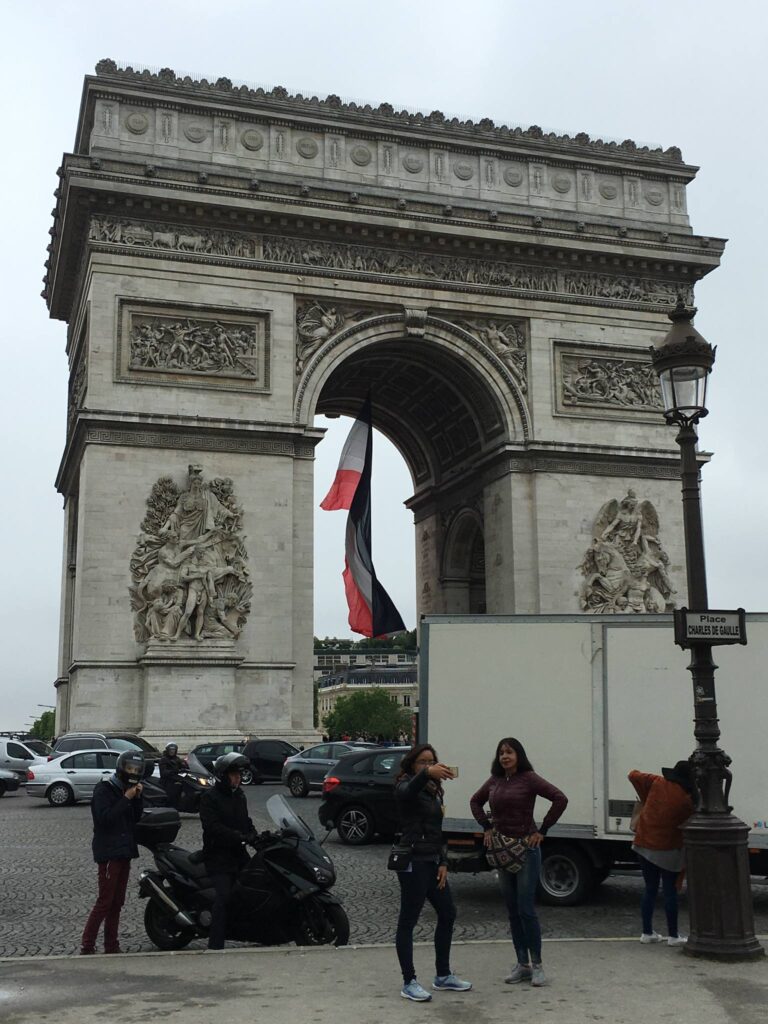


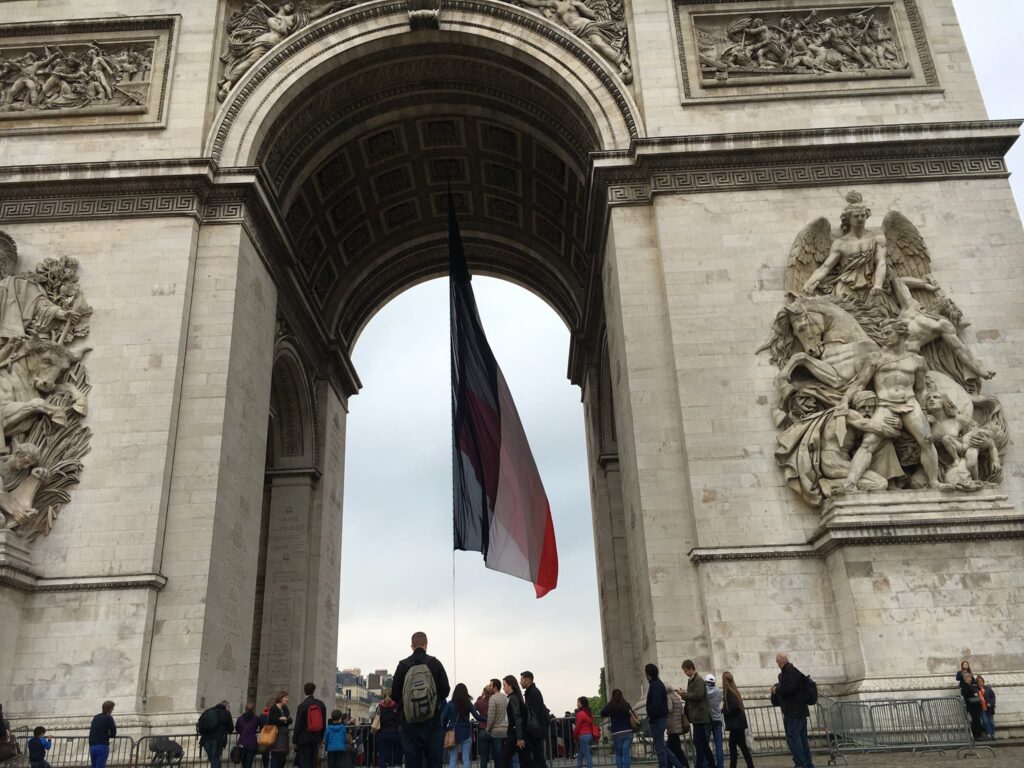


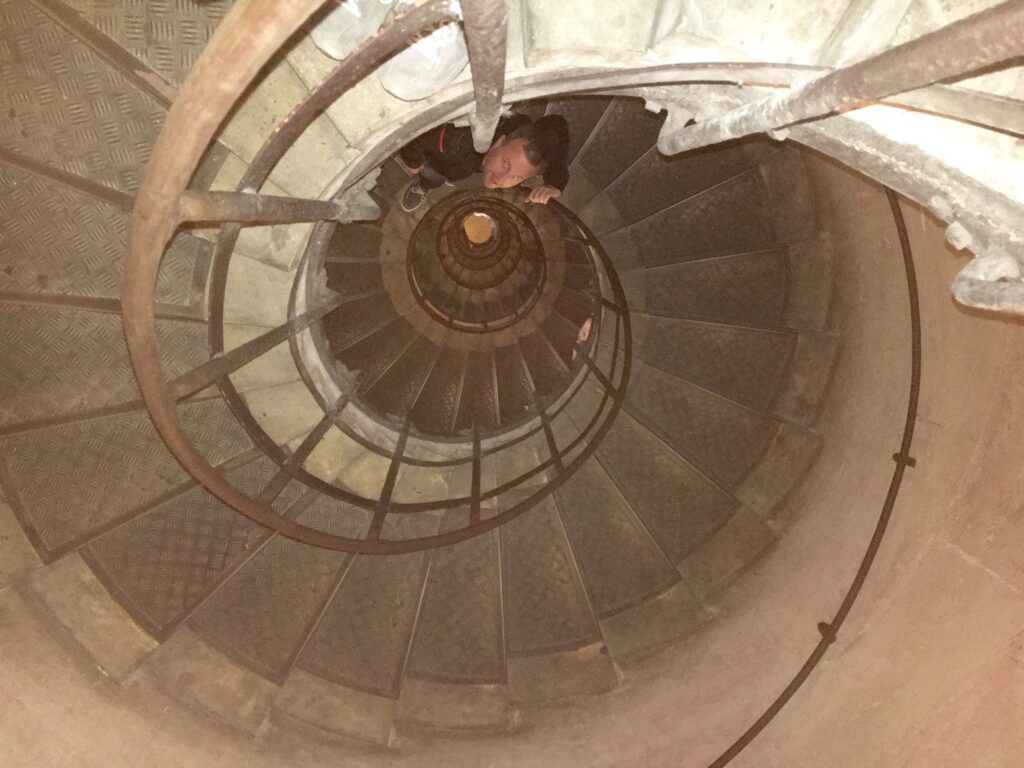





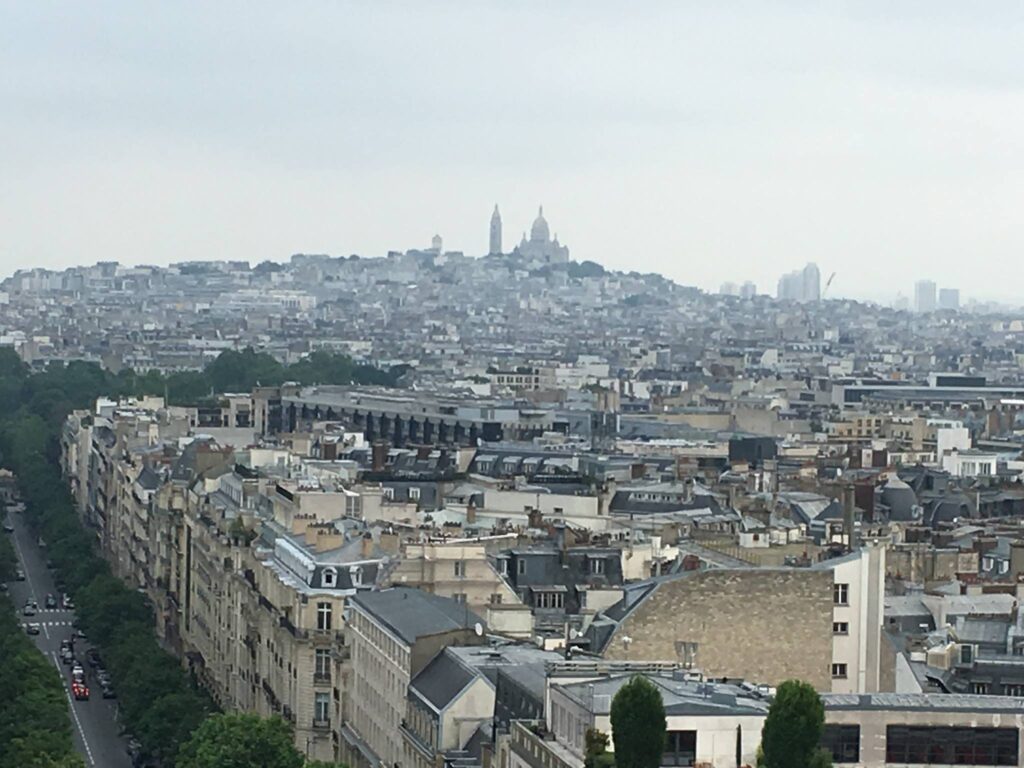

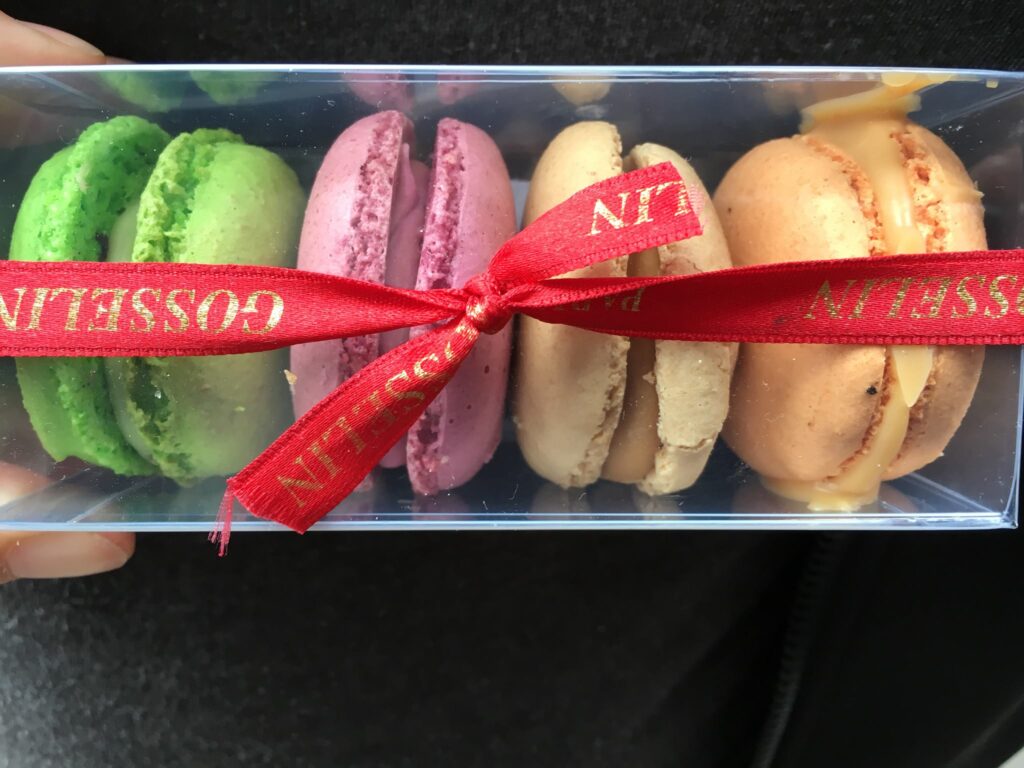










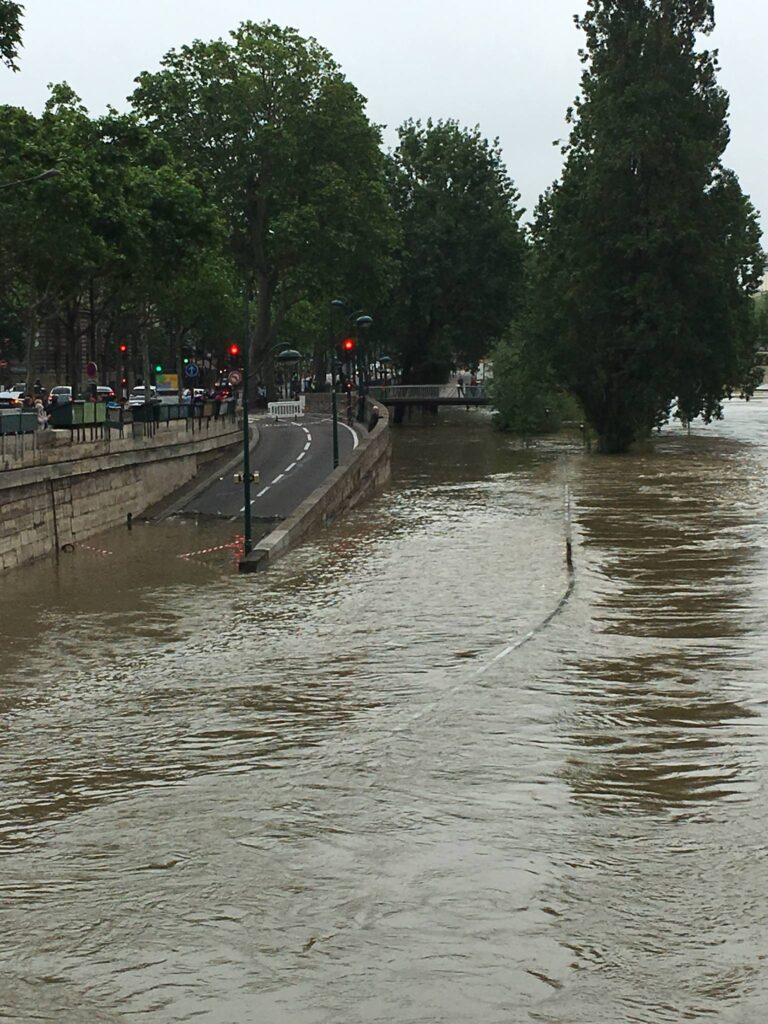

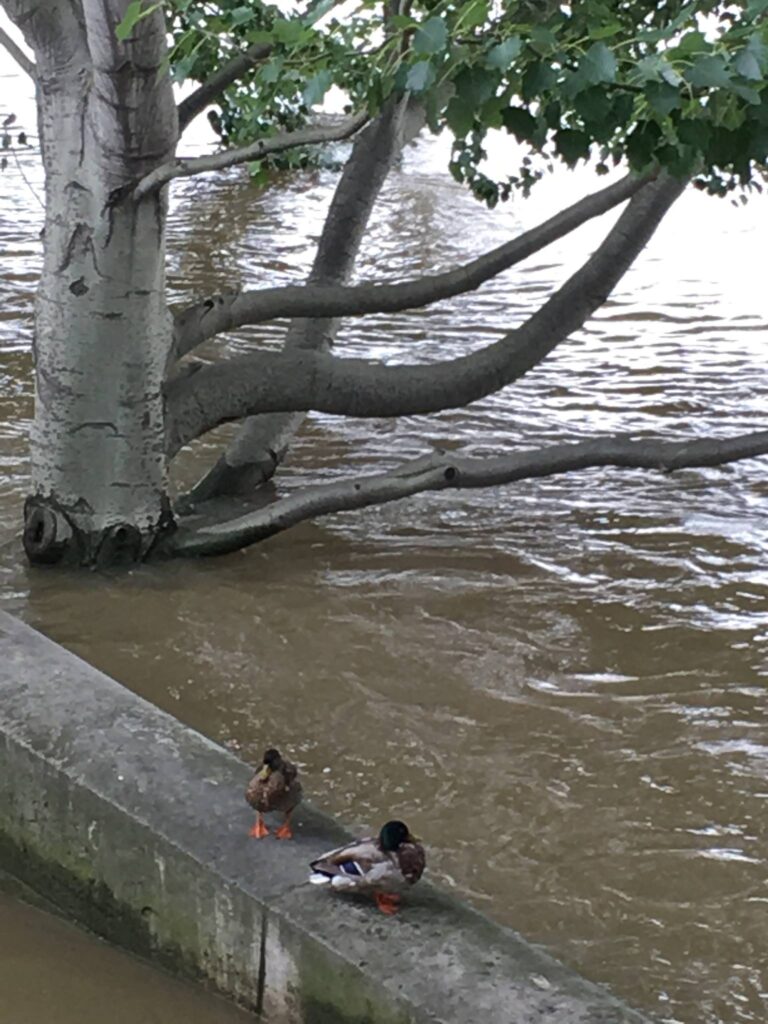



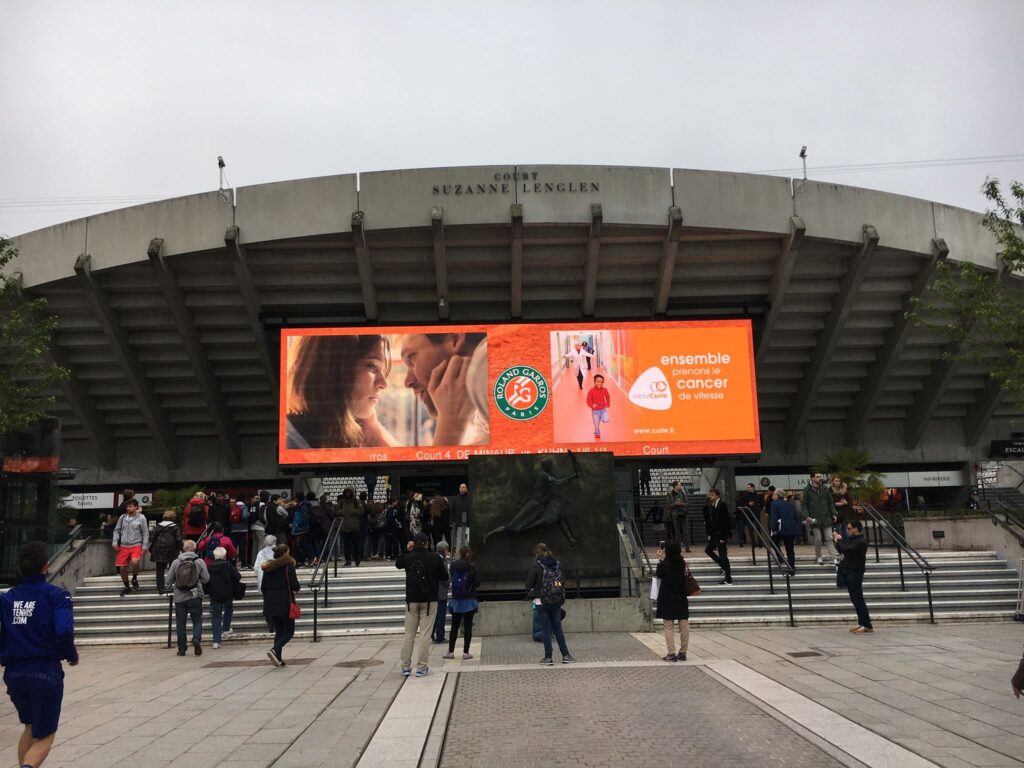











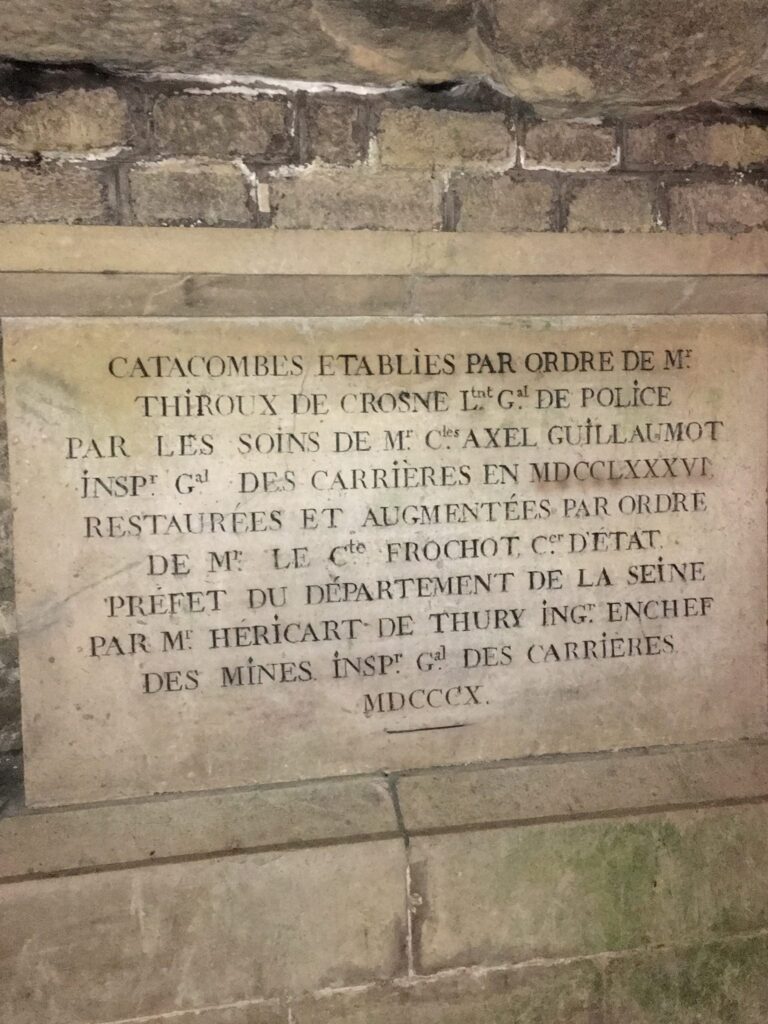




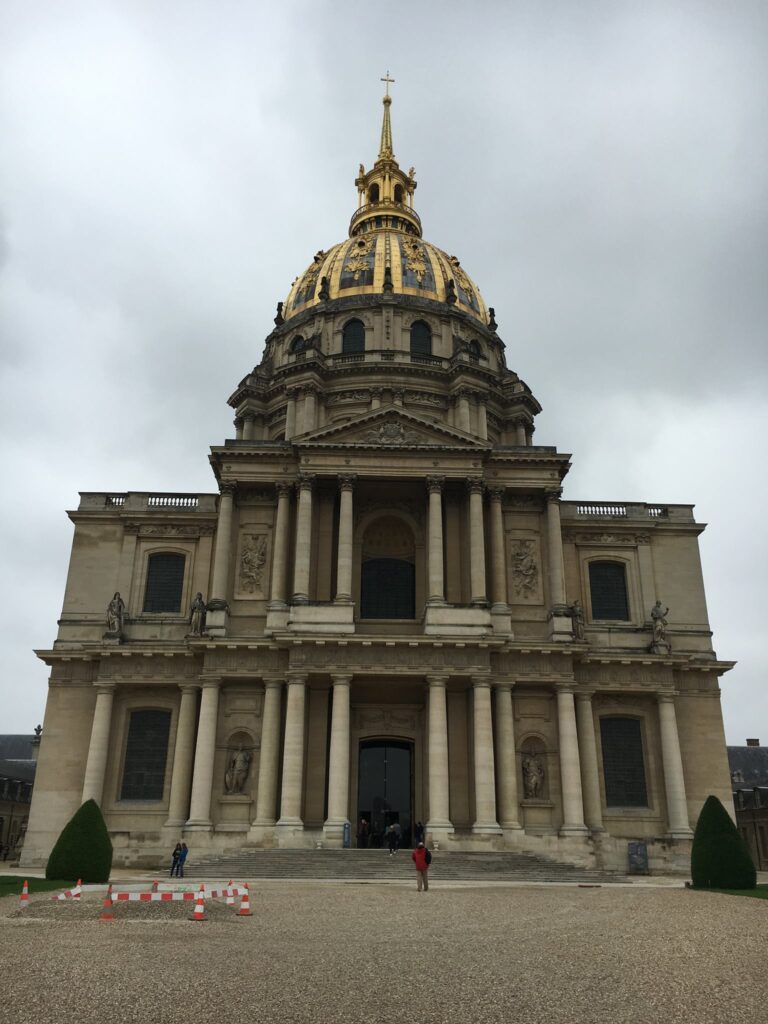

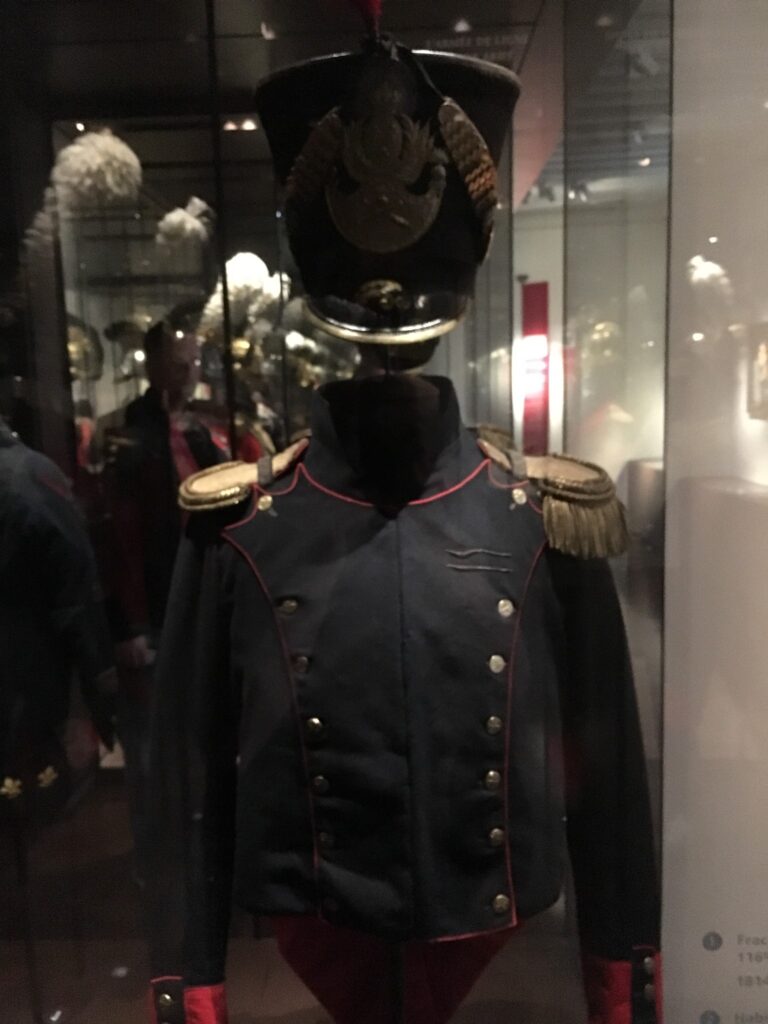
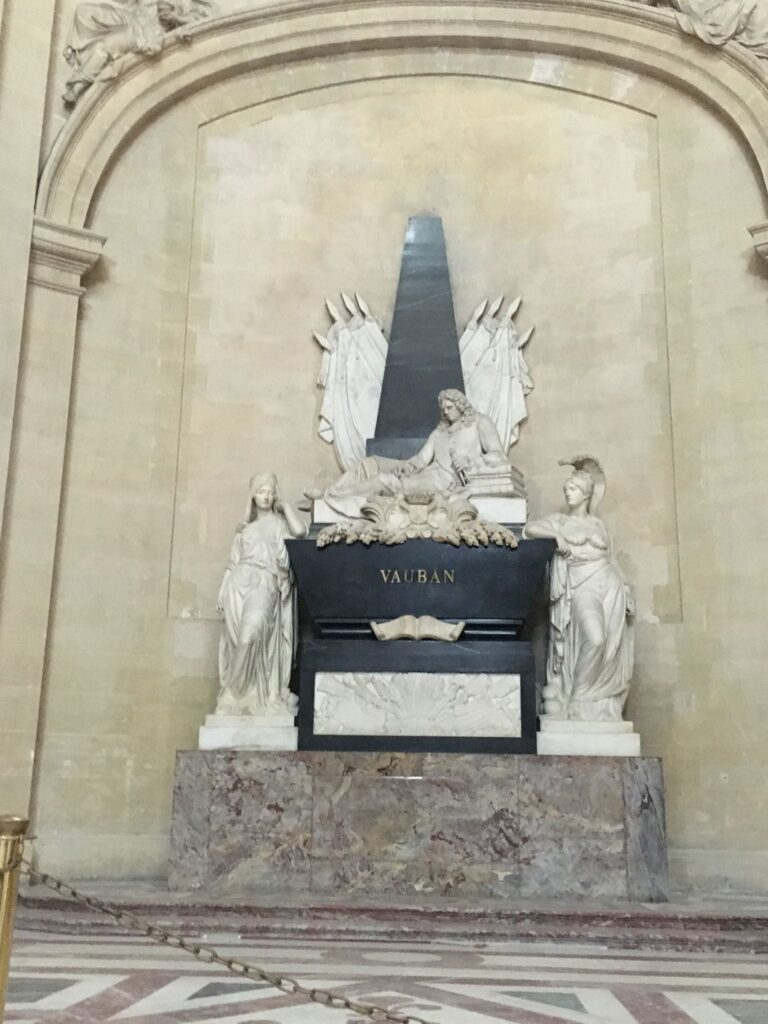











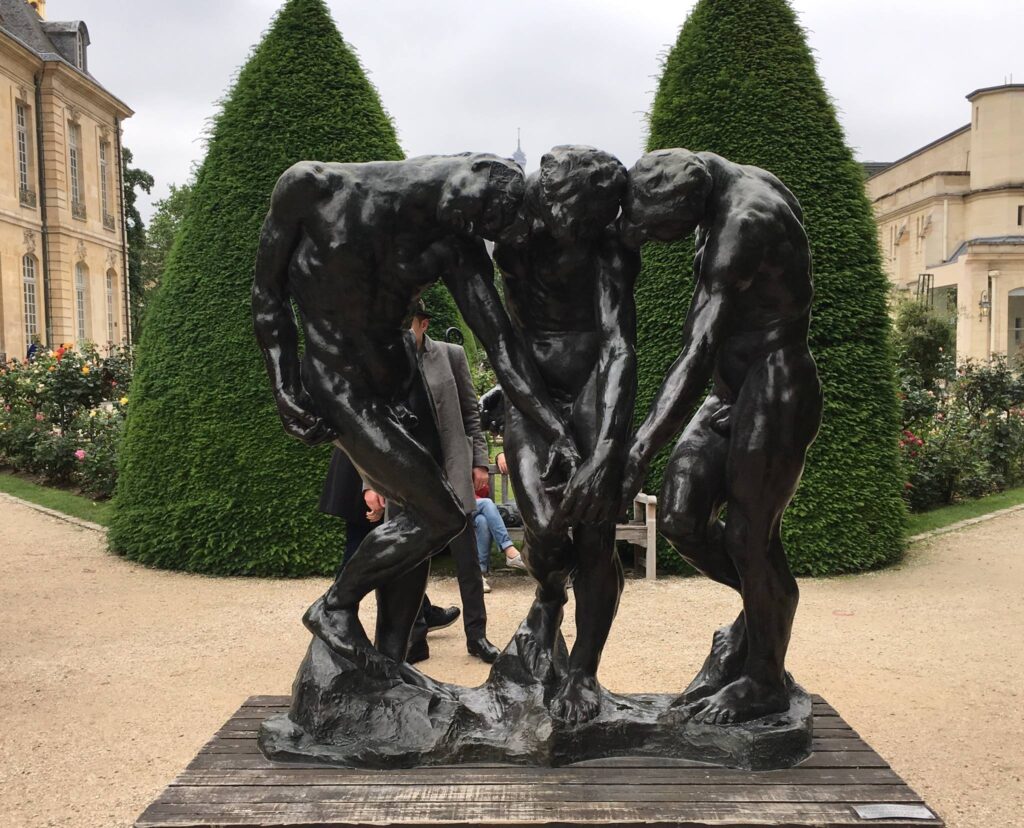







Leave a Reply